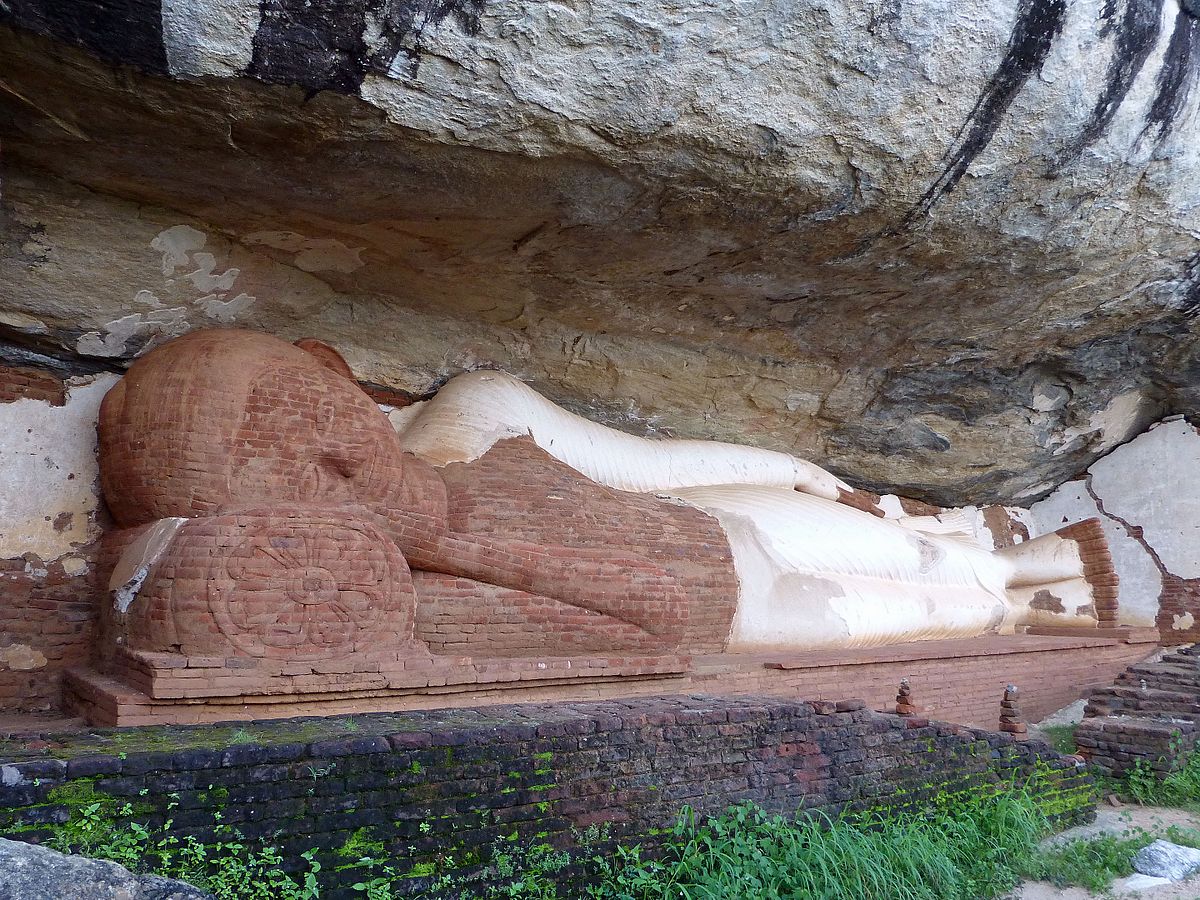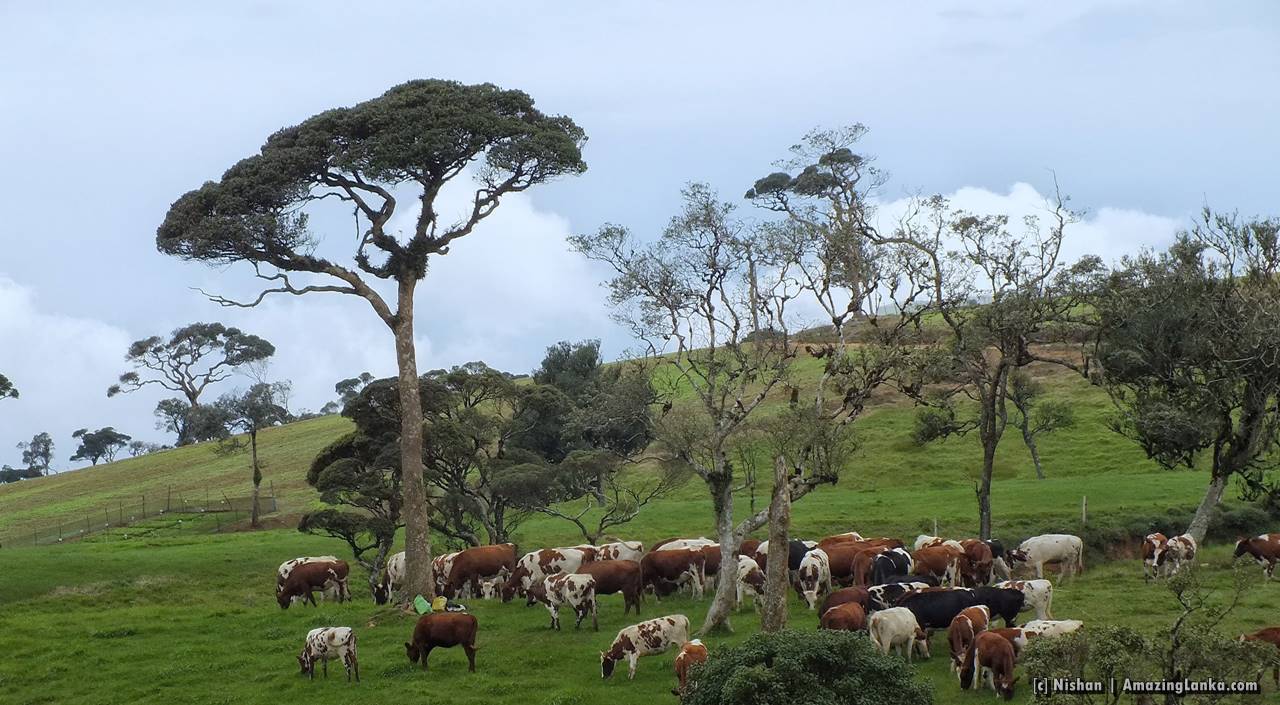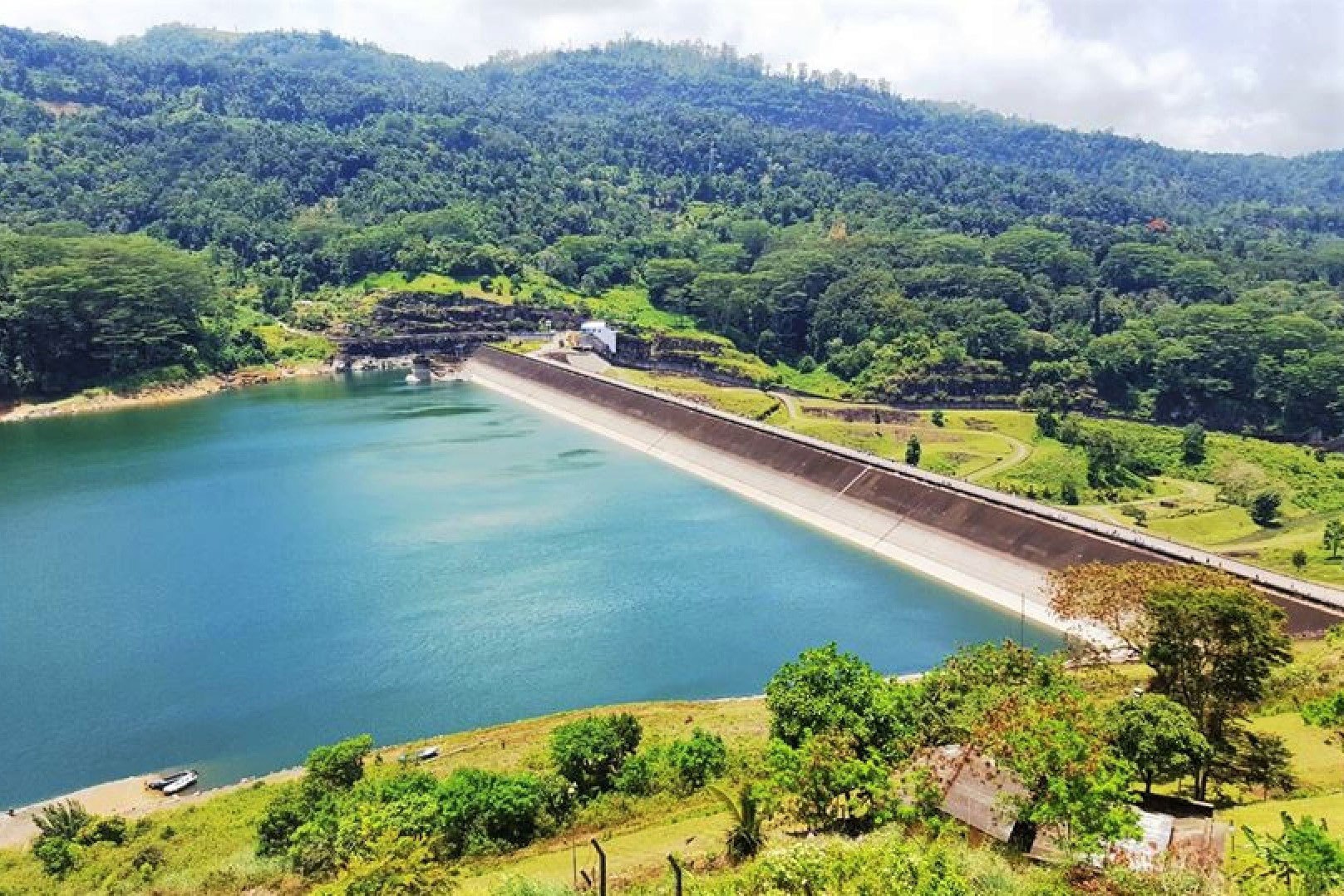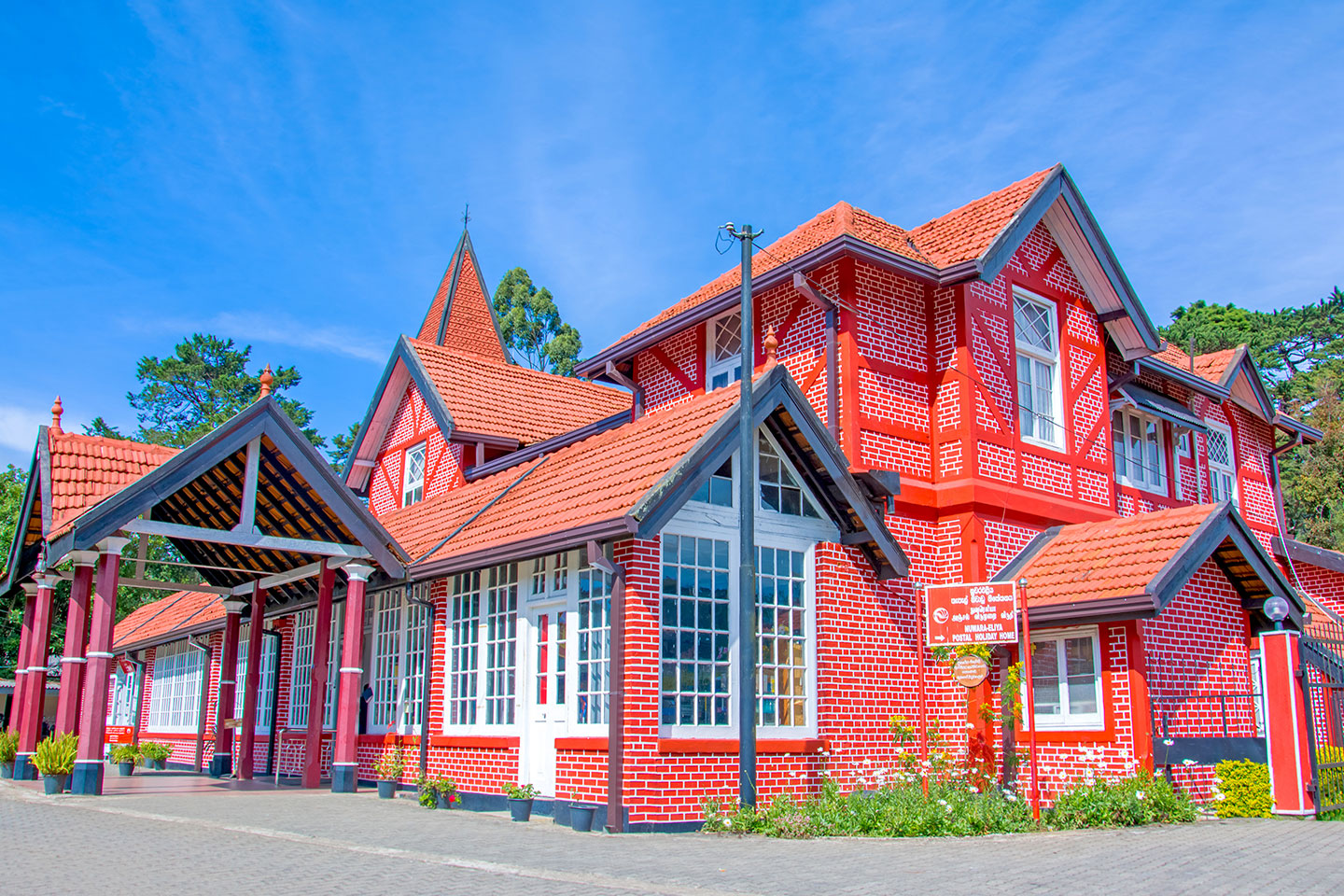Travel on Matale Dambulla A9 road up to Nalanda Hospital at the 49 km Post, turn right and proceed approximately 2 kms to reach Nalanda Gedige and Bowatenne Reservoir, with the Dumbara Forest in the background.
The meaning of the word ‘Nalanda’ implies ‘imparting wisdom.’
Built in the 7th Century South Indian Pallawa style, the Gedige is believed to be situated at the geographical centre point of Sri Lanka. More Pallawa-style stone carvings have been discovered through archaeological excavations on this site.
The original location of Nalanda Gedige was to be inundated under the Bowatenne Reservoir construction plan. The Gedige, therefore, was shifted entirely by way of local technology to a higher elevation.
Made entirely of stone, this edifice is a blend of Sinhala and Pallawaarcaheology, symbolizing harmony between Buddhist and Hindu cultures. A ‘Tam Lipiya’ (pillar inscription or epigraph) from the 9th – 10th Centuries has also been discovered on this site.
Archaelogical Sites of Menikdena
Access towards Menikdenna which is 264 m from sea level is on the Dambulla – Matale road turning off from Panampitiya junction and 8 Kms from the Athabendhi River road. It is evident that through its remnants it has remained a Buddhist place of worship.
Inscriptions, uposathagara, bodhigara, stupas, statues and various other remnants are seen here. A Sri Patul rock also to be witnessed on the grounds where the stupa is located together with remnants of half built buildings and dykes. Moreover it can be seen as a place which has survived as a developed area due the fact of being surrounded by several lakes. Currently it is being considered as an archaeological site.












